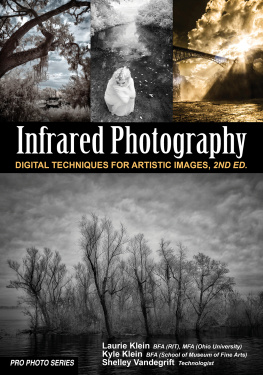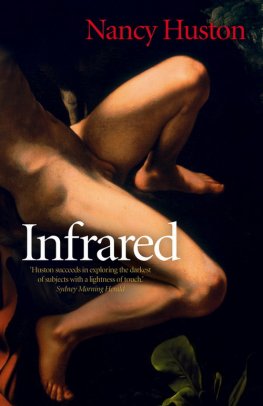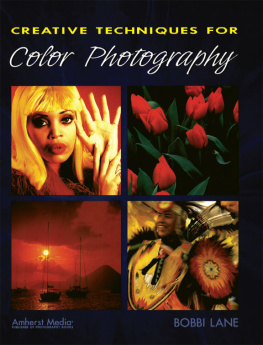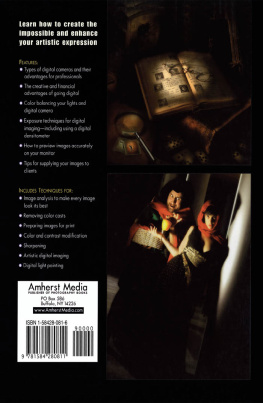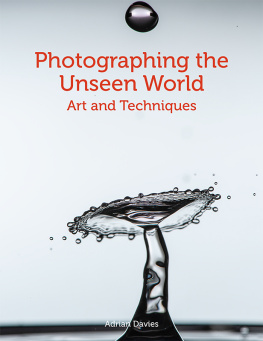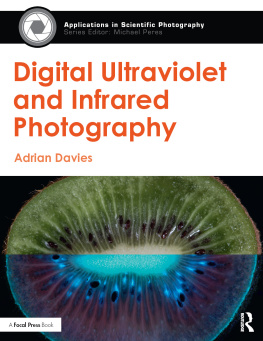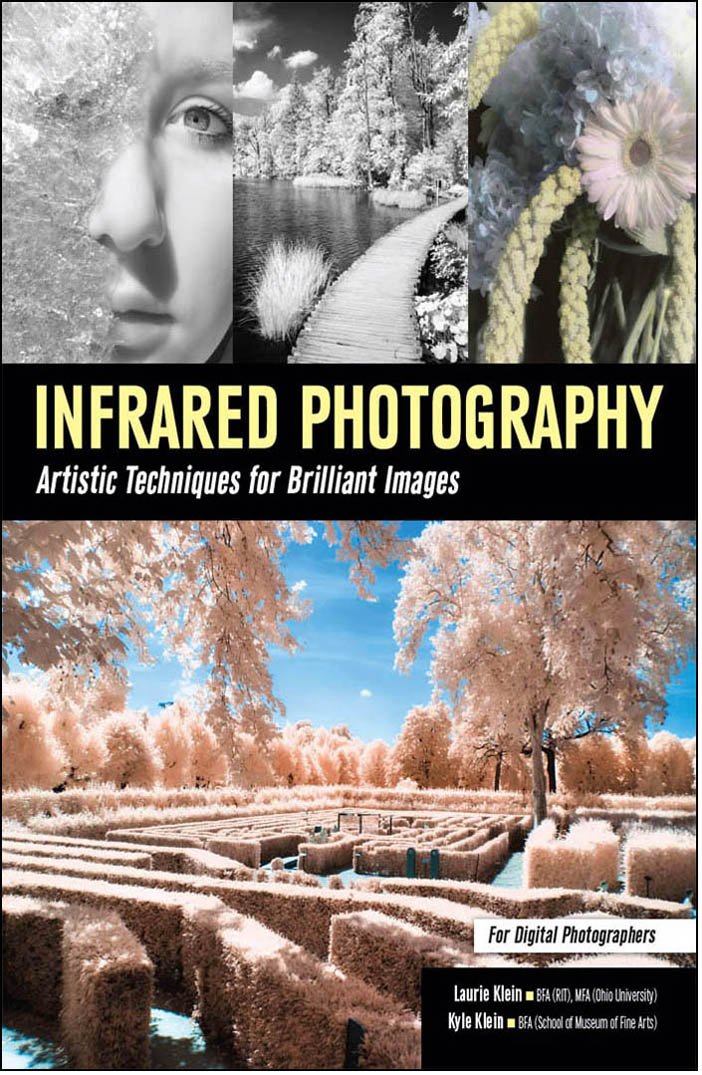
About the Authors

Laurie Klein is an award-winning fine art, wedding, and portrait photographer. She is the author of Photographing the Female Form with Digital Infrared and Handcoloring Black and White Photography. Her images have appeared in numerous national magazines. Laurie has an MFA in photography from Ohio University and a BFA from the Rochester Institute of Technology (RIT). A gifted photographic educator for over 30 years, Laurie teaches classes and workshops throughout the United States as well as internationally.
Laurie is recognized worldwide for photographing almost exclusively in the arresting infrared spectrum. Her work embodies a soft, passionate style that most often depicts the feminine experience, relationships, and landscapes. She began photographing with infrared film as a biomedical photographer, using the medium for diagnostic and research purposes. After studying with Ansel Adams in the mid 1970s, she realized there were other applications for infrared and began her journey into fine art photography. Visit her website at www.laurieklein.com.

Kyle Klein began photographing weddings with his mother, Laurie, during his freshman year of high school, and by his senior year was photographing dozens of weddings annually. A graduate of the School of the Museum of Fine Arts in Boston and Tufts University with a BFA in Photographic Processes, Kyle became the production manager of a commercial and biomedical photographic studio on Beacon Hill in Boston. In 2013, Kyle opened his photography business and began photographing events, local and destination weddings, professional and social portraits, wildlife, and landscapes. He is a consultant for studio owners and teaches photography, workflow, and Photoshop skills. Kyle spent two months in the spring of 2014 on a photographic expedition in Africa, capturing wildlife and endangered species with the help of a successfully funded Kickstarter campaign called The Warm Heart of Africa. Visit his website at www.kylekleinphotography.com.
Copyright 2016 by Laurie Klein and Kyle Klein
All rights reserved.
All photographs by the authors unless otherwise noted.
Published by:
Amherst Media, Inc., P.O. Box 586, Buffalo, N.Y. 14226, Fax: 716-874-4508
www.AmherstMedia.com
Publisher: Craig Alesse
Senior Editor/Production Manager: Michelle Perkins
Editors: Barbara A. Lynch-Johnt, Harvey Goldstein, Beth Alesse
Associate Publisher: Kate Neaverth
Editorial Assistance from: Carey A. Miller, Sally Jarzab, John S. Loder
Business Manager: Adam Richards
Warehouse and Fulfillment Manager: Roger Singo
ISBN-13: 978-1-60895-926-6
Library of Congress Control Number: 2015901170
10 9 8 7 6 5 4 3 2 1
No part of this publication may be reproduced, stored, or transmitted in any form or by any means, electronic, mechanical, photocopied, recorded or otherwise, without prior written consent from the publisher.
Notice of Disclaimer: The information contained in this book is based on the authors experience and opinions. The author and publisher will not be held liable for the use or misuse of the information in this book.

www.facebook.com/AmherstMediainc
www.youtube.com/c/AmherstMedia
www.twitter.com/AmherstMedia
Table of Contents
Guide
Contents

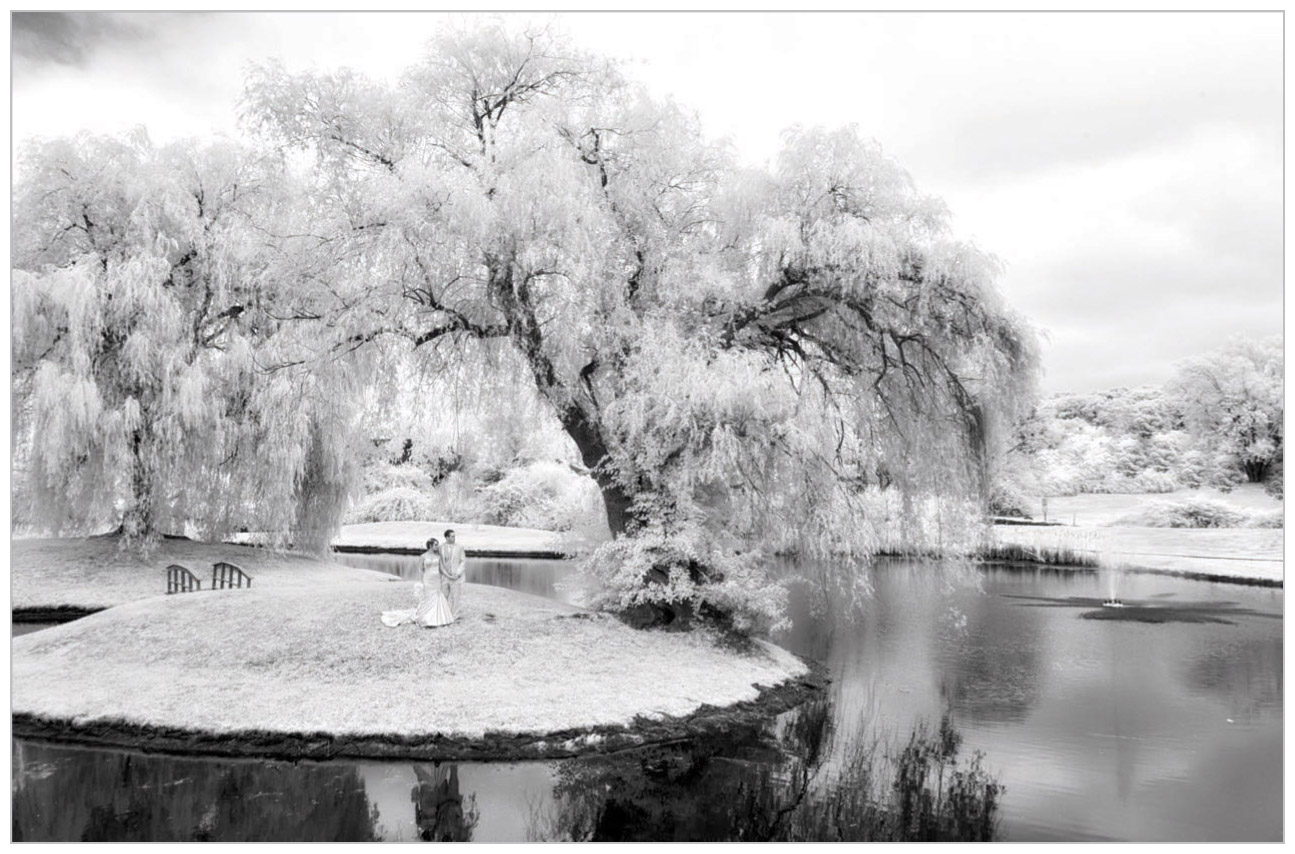

O ur intent is to bring the art and techniques of infrared photography into one book, engaging the reader to create a strong impact with their own infrared imagery. The majority of the educational material available on infrared is technical. However, composition and artistic expression are also essential in making powerful infrared images. This book will help you to both understand infrared techniques and learn the aesthetic properties of digital infrared photography.
Infrared Discovered
Infrared (infra is Latin for below) means below the red and refers to the position of its wavelength adjacent to the visible spectrum. Infrared radiation was discovered by astronomer William Herschel in 1800. While measuring the temperature of light passing through a prism, Herschel noticed that the temperature of the area just past the red on the visible spectrum contained more heat than any of the colors on the visible spectrum. His experiment led him to conclude that there was an invisible form of light beyond the visible spectrum.
Infrared Photography Takes Hold
In 1910, an American physicist named Robert W. Wood sensitized his own photographic plates and produced the first known infrared photos. The images were published in the Royal Photographic Societys October 1910 Photographic Journal. Woods pictures were taken using experimental film, which required very long exposures.
Walter Clark is considered the father of infrared photography. He was involved with the development of infrared film with Eastman Kodak and worked with the US Army Air Corps to create infrared-sensitized recording material for aerial surveillance.
Infrared photography then became an important tool for astronomers. Many celestial objects that cannot be seen by the human eye are visible when viewed with an infrared camera. Astronomers continue to use infrared in deep-space cameras to this day.

Infrared photography also became popular with a number of 1960s recording artists because of the unusual results. Jimi Hendrix, Donovan, Frank Zappa, and the Grateful Dead all issued albums with infrared cover photos. The unexpected colors and effects that infrared film can produce fit well with the psychedelic aesthetic that emerged in the late 1960s.
Aesthetics of Infrared Photography
When we think of infrared photography, we typically picture dreamlike landscapes with big, puffy clouds and glowing white trees. This is due to the characteristic results achieved with infrared films such as Kodaks black & white HIE high-speed infrared film and Ektachrome EIR slide film. These emulsions are no longer available. EIR produced a psychedelic result with false colors and unexpected color shifts.
As the photography industry began to move toward digital capture, infrared film became harder to find and more expensive. Many photographers, when they upgraded to new DSLR cameras, converted their old cameras to capture infrared. This gave photographers a way to express themselves and develop their unique artistic voice through infrared photography.


